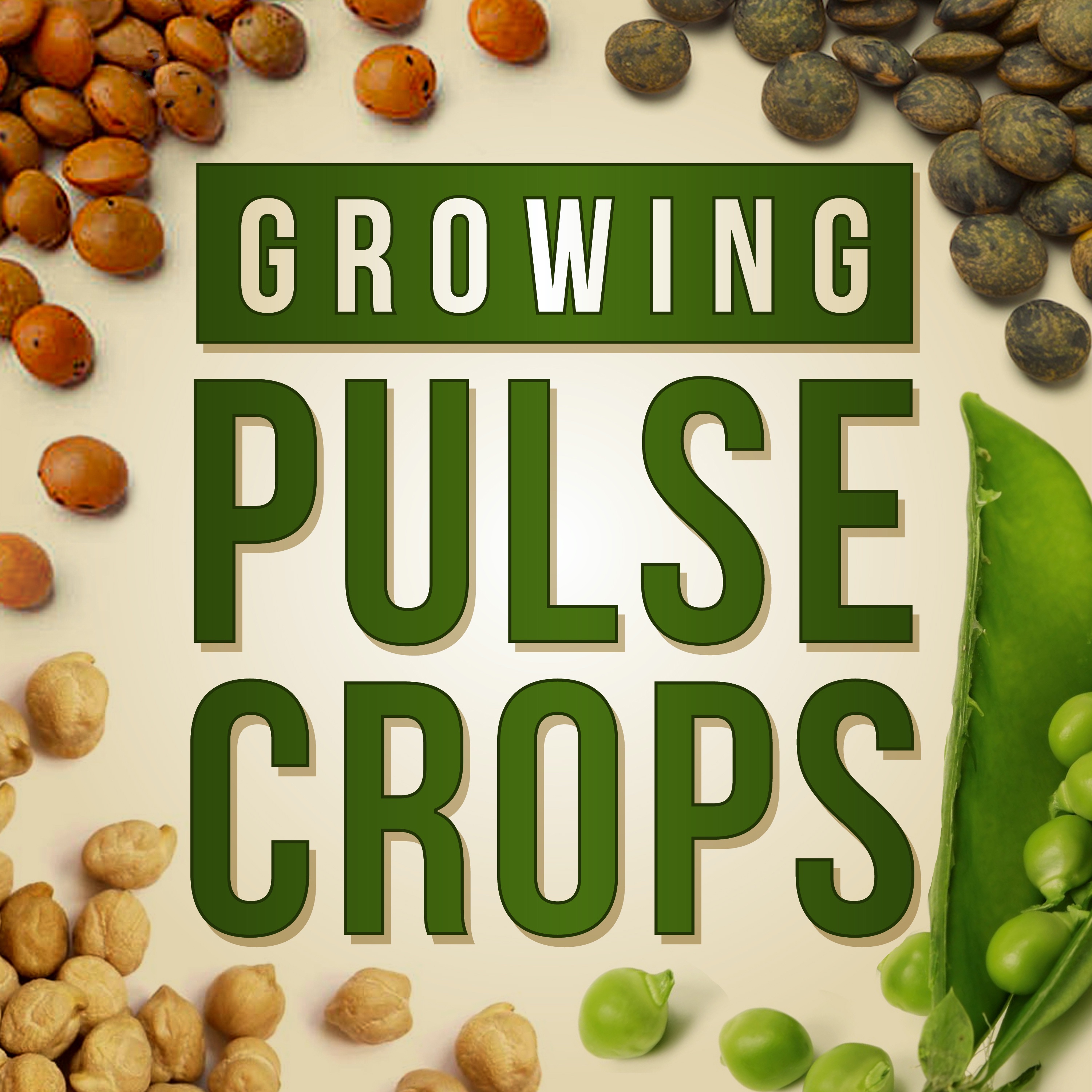Managing Ascochyta Blight in Chickpea - Part Two
Dr. Michael Wunsch is a Plant Pathologist at the Carrington Research Extension Center at North Dakota State University. He holds a Ph.D. from Cornell University in 2010, and has worked for NDSU ever since, focused on disease management problems on a wide breadth of crops grown in North Dakota.
This episode is a follow up to the last episode where Michael focused on understanding disease biology and diagnosis of Ascochyta Blight of chickpea. Today we’re going to go deeper into what it takes to control ascochyta, and specifically how to optimize fungicide applications.
When it comes to managing fungal diseases, fungicide resistance is a growing and very concerning issue. Just like you may have heard about herbicide resistance in weed management, we are seeing the same problems in fungal diseases: spraying the same group of chemistries that attack a site in a fungus eventually leads to individuals that mutate. That mutation in the fungus persists as those that are susceptible die off and that leaves room for the resistant strains to proliferate. This happens over time, but at first it can seem negligible, until the resistant strains take over and it appears to happen over night. So today, Michael is going to walk us through three critical areas of fungal disease management: product choice, timing and droplet size.
“ So essentially what you want to do is you want to spray your tank mix at early bloom before your first rain as you get into bloom. We're talking at that point, you're typically looking at absolute trace levels of disease. Your goal is to keep it from spreading because at that stage you can control it.” - Michael Wunsch, Ph.D.
This Week on Growing Pulse Crops:
- Hear from Dr. Michael Wunsch, a Plant Pathologist at the Carrington Research Extension Center at North Dakota State University.
- Explore what it takes to control ascochyta in chickpea
- Understand how to optimize fungicide applications, including product considerations, timing and nozzle settings
Growing Pulse Crops is produced by Dr. Audrey Kalil and hosted by Tim Hammerich of the Future of Agriculture Podcast.

